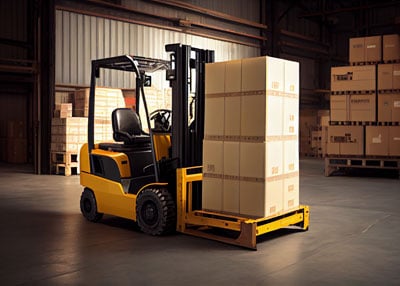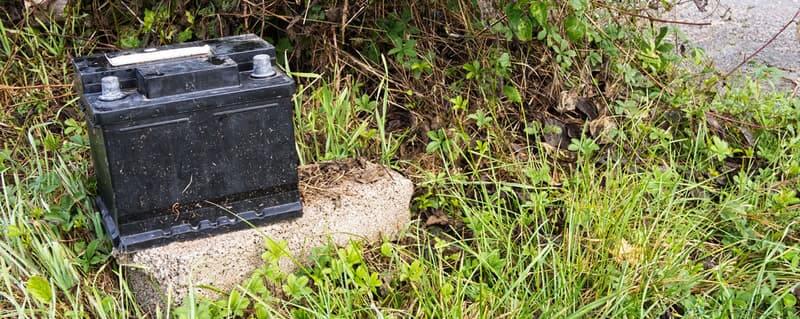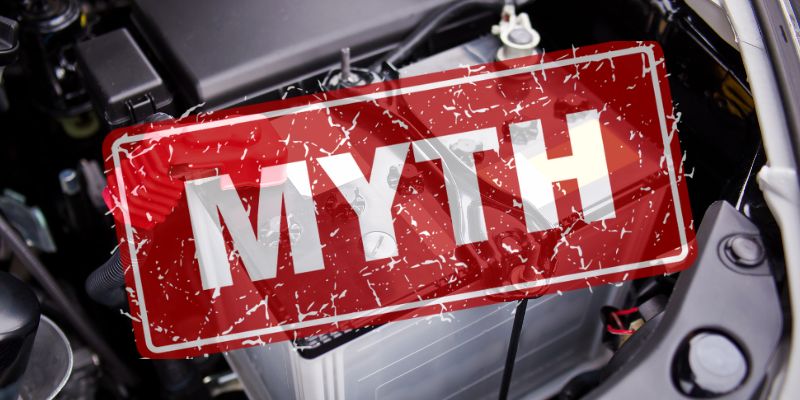Batteries are essential for our everyday lives – they power everything from our cellphones and laptops to grocery store distribution centers, our kids’ school busses, solar-powered homes, and hospitals’ emergency generators.
And recyclable batteries are critical to transitioning from fossil fuels to a sustainable, electric future. They store energy from renewables like solar and wind. And they don’t just electrify personal vehicles; they also run forklifts, trains, and mining machines. (Crown Battery powers them all!)
So, in celebration of National Battery Day (February 18th), let's take a closer look at how to protect our environment – and save your money:
Less Waste, More Value
Lead-acid and absorbent gel mat (AGM) batteries are more recycled than an aluminum can (99%) (source: U.S. Environmental Protection Agency). And because they’re 98.9% recyclable, almost all battery material can be made into new lead-acid batteries.
One lead-acid or AGM battery can be made into new batteries almost indefinitely. This closed loop also reduces costs for processing/mining and manufacturing.
By comparison, only 1 out of 20 lithium-ion batteries is recycled. (Source: Chemical & Engineering News) Recovery rates at most facilities range from 0% to 60% recyclability. And nearly all batteries are made with virgin materials.
For more details about closing the Recycling Gap, click here to read North American Clean Energy’s “Stop Landfilling Batteries.”
#1: Drop off old batteries for recycling (it’s easy)
The right batteries should provide years of reliable service and strong ROI (keep reading for links to tips).
But nothing lasts forever. That’s where recycling comes in.
Lead-acid and AGM batteries are safely and easily recycled. And, National Battery Day is a great time to do this. To find collection sites in your area, contact your local government or waste management company. Or look online at www.earth911.com or www.recyclerfinder.com.
By recycling batteries responsibly, we preserve natural resources, protect our waterways and soil, and reduce the amount of waste that ends up in landfills.
#2: Replace disposable batteries with rechargeable batteries (whenever possible).
This saves money and reduces waste.
#3: Choose sustainable batteries that last longer and are fully recyclable
Our researchers and engineers spent over 1,000 hours researching what makes batteries more environmentally friendly and boosts lifespan.
Then we distilled everything down into our easy-to-follow Sustainability Fact Book. It includes strategies that help reduce your batteries’ environmental footprint and your operating costs.
You can download your free guide here: www.crownbattery.com/sustainability
Sources:
- US EPA, “Facts and Figures about Materials, Waste and Recycling” from https://www.epa.gov/facts-and-figures-about-materials-waste-and-recycling
- Chemical & Engineering News, “It's time to get serious about recycling lithium-ion batteries” from https://cen.acs.org/materials/energy-storage/time-serious-recycling-lithium/97/i28
- Union of Concerned Scientists, “EV Battery Recycling” from https://www.ucsusa.org/resources/ev-battery-recycling#read-online-content











